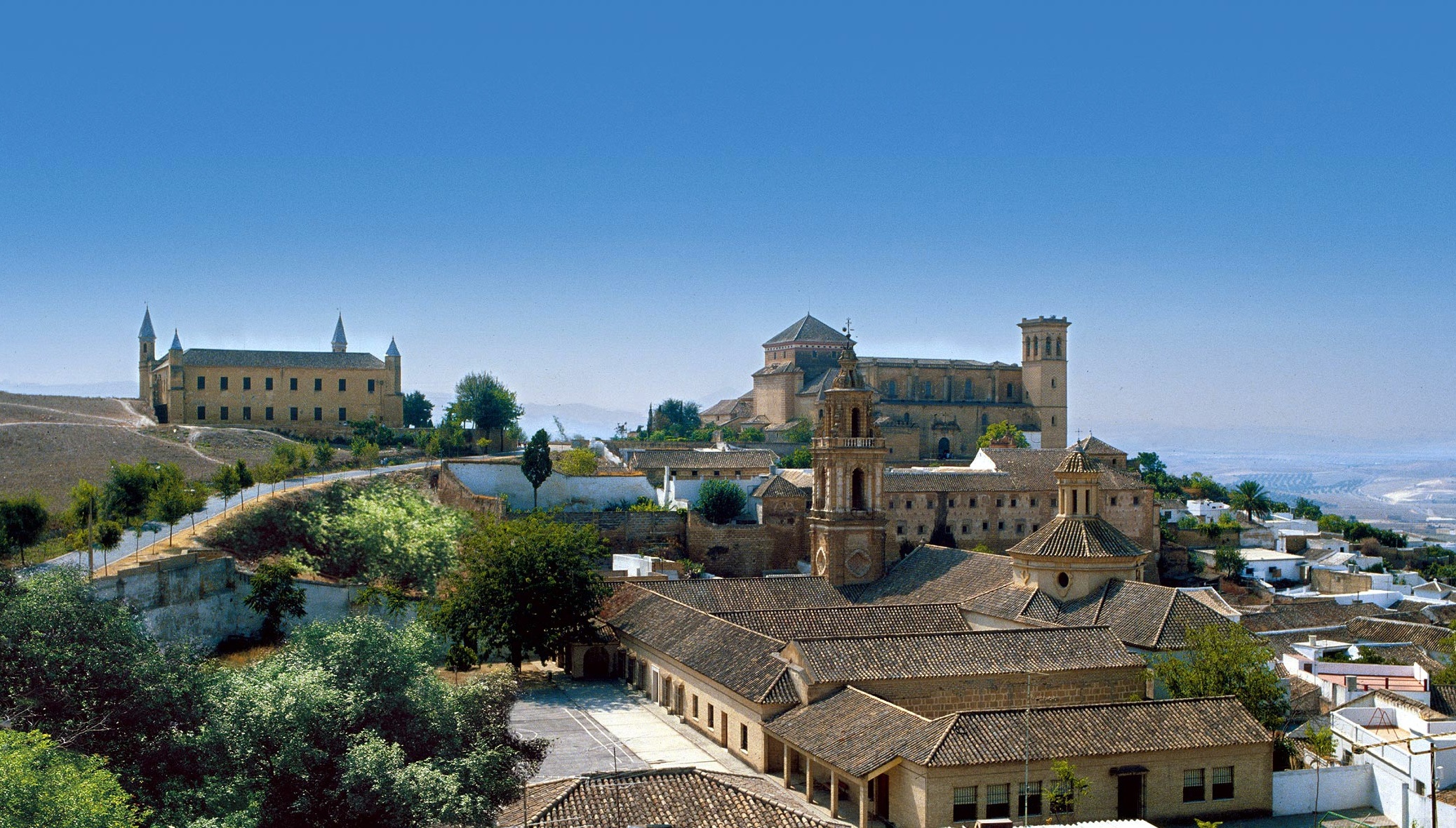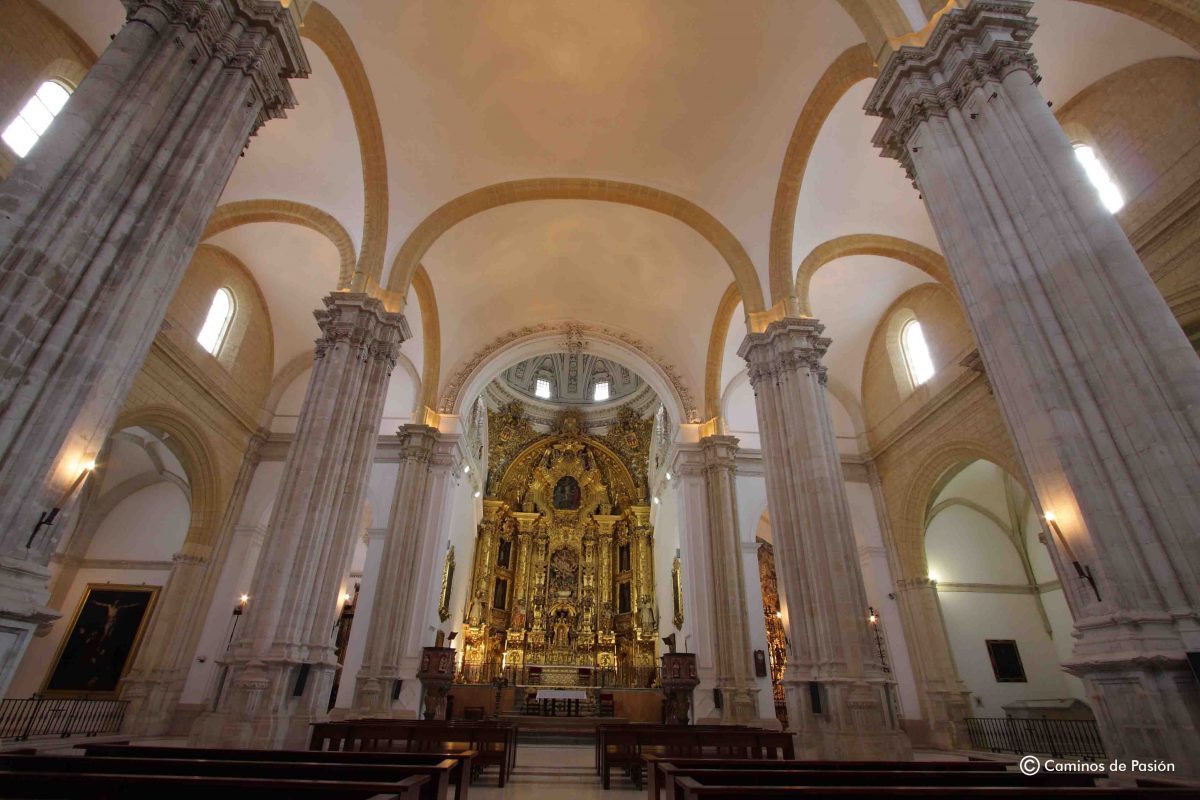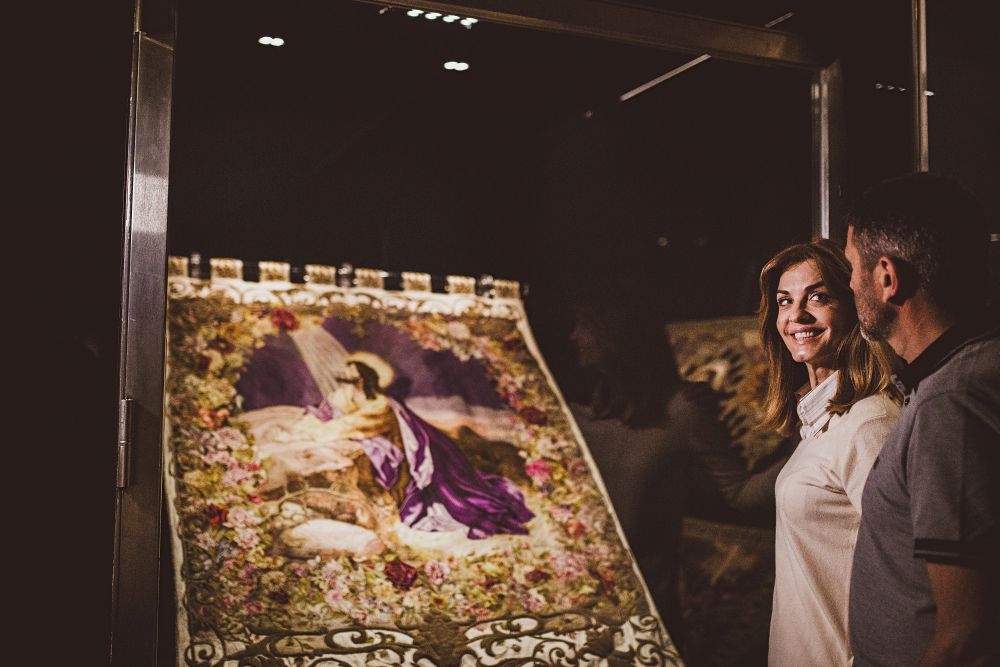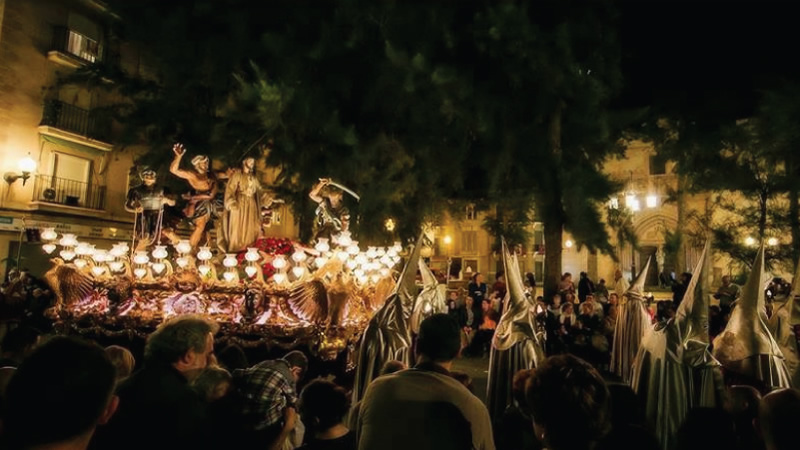
Holy Week in Osuna (Seville) has its roots in the 16th century, although as Morón (2016) tells us during the 19th and 20th centuries it undergoes a profound transformation that gives it its current configuration, a process in which it is reorganized of their most important brotherhoods.
Visiting the town during Holy Week allows us to participate in processions that make us participate in an exceptional and unique atmosphere, admire its beautiful processional imagery and visit its most important monuments. While that moment arrives, we can approach the town and find a rich heritage and visit some of the most significant places, in an interesting visit that will also allow us to anticipate some aspects of the Holy Week celebrations.
Osuna is an ancient town, of pre-Roman origin, where it was known by the name of Urso. A visit to its museum will allow us to delve into its long history. Another day we will talk about the history and archeology of the city, but today we are going to focus our attention on other attractions in the town. We will begin our tour of the Collegiate Church of Nuestra Señora de la Asunción, an imposing building that dominates the city, started with a Gothic layout, but later modified to the Renaissance style, whose construction would begin in the 16th century by the hand of Diego de Riaño and Martín de Gainza (Cabello, 2015).
The Church was built on a previous one that was known as the Castle Church, probably from the 13th century that was destroyed by fire. It has three naves and nine chapels, with a large interior space. At its head we can see a magnificent baroque altarpiece of the Titular.
 Interior of the Colegiata Church
Interior of the Colegiata Church
One of the most striking figures is the carving of the Cristo de la Misericordia, sculpted by Juan de Mesa, a work commissioned in 1623, four years before the artist’s death. It is a small size carving, in keeping with the space that houses it, 1.35 meters high, a work that cost 1,100 reais. “The Cristo de la Misericordia, when you observe him, causes a strong impression when contemplating that defeated body, which advances the thorax into which the head of the full beard and tight crown sinks – in this case it is not preserved, but it is thought that it possessed a carved – aquiline nose, sunken cheeks … that make up an accentuated expression of pain ”(Cabello, 2015, p. 627). The sculpture moves a great devotion in the locality.
Among the different altarpieces that the temple conserves, it is also worth highlighting that of Nuestra Señora de la Antigua from the end of the 18th century, the work of the Blanco brothers, artists originally from Asturias but living in Andalusia. Despite its small size, it can be considered a good example of the altarpieces executed in stone in the region throughout the 18th century (Santos, 2015). Inside the temple there is a museum with an interesting collection of sacred art. The set is a must on a visit to the town; there is a guided tour service.
Another visit of interest is the Monastery of La Encarnación, a building completed in 1549. The church has a single nave, with a baroque altarpiece in which the image of Nuestra Señora de la Mercedstands out. A part of the old enclosed area is now a museum with a collection of images of the Child Jesus and remarkable pieces of goldsmiths. In the monastery some exquisite sweets are produced that can be purchased on site and that will undoubtedly delight those with a sweet tooth.
Also notable is the building of the old University, located in the upper part of the town, authorized by Pope Paul III in 1548. In 1820 it was called the Colegio Mayor and Literary University of the Immaculate Conception of Our Lady and would come to have 15 major chairs at the university and 8 minors at the college. At present it maintains its teaching use attached to the University of Seville. Its four towers stand out in the building and the large central courtyard inside. As a curiosity to say that this space has been the scene in some sequences of the well-known series Game of Thrones.
There are many buildings and places through which we can continue our visit: the Consolación church, from the 16th century; the church of Nuestra Señora de la Merced, from the 17th century; the church of Nuestra Señora de la Victoria, the Plaza de Toros, inaugurated in 1904 and built under the project of the Sevillian architect Aníbal González; or the food market that we found in what was the old convent of San Francisco, just to mention some of the many places of interest.
We can also visit the many museums in the town, among which we can find, in addition to those already mentioned, the archaeological museum, the city museum, the toy museum or the bullfighting museum among others.
Pictures: Tourism website. Osuna Town Hall.





